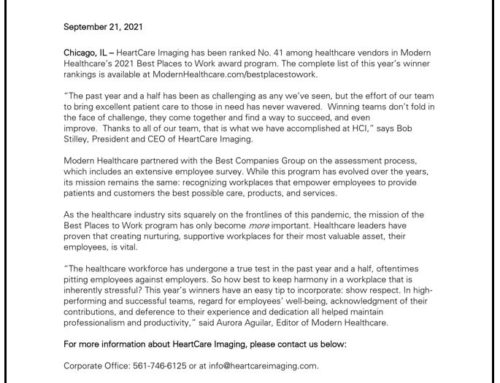For Telemedicine to Change Health Care, We Need to Change How we Pay Doctors
Say that you’re a 65-year old with multiple complex conditions, like chronic obstructive pulmonary disease, high blood pressure and mild congestive heart failure. You saw your doctor six weeks ago in her office, and it’s time to see her again for a 15-minute follow-up about whether your new medication regimen has improved your exercise tolerance and alleviated the headaches you were having. Yet having this conversation requires you to do an hour of driving and, very likely, at least 20 minutes of sitting in the waiting room. You can be forgiven for wondering, “When I can Facetime my grandkids, why can’t I just Facetime my doctor to talk about my progress and ask questions?”
The truth is, there’s no reason why this can’t happen today—except for the inadequate or non-existent reimbursement for providing this service. In other words: you have to go to the office because your doctor gets paid when you show up in the office.
So-called “telemedicine” is especially important for people with multiple complex conditions and seniors, who are far more likely to have multiple conditions and require frequent medical attention.
Importantly, telemedicine is not just a phone call. Telemedicine is a face-to-face conversation on your computer, tablet, or cell phone where your doctor can do a visual examination as well as have a detailed conversation of your history and concerns. Putting eyes on a patient is the most valuable part of many medical interactions, second only to having their complete medical history. A virtual visit may lead to a more-thorough, in-person examination with new patients, or those experiencing obvious medical problems or whose condition has worsened.
Read More Here by Martin Doerfler,







Leave A Comment